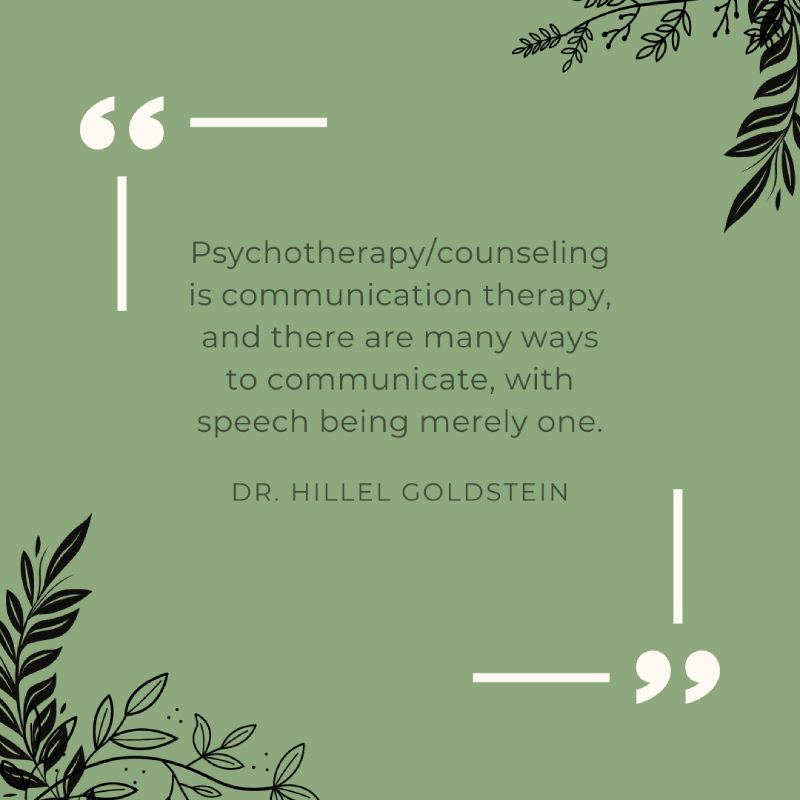 Since the 1990s, I have worked and trained in a multitude of mental health settings, including assisted living facilities, therapeutic day schools, correctional programs, outpatient clinics, and inpatient psychiatric units. My PsyD degree program in clinical psychology at Adler University in Chicago afforded me the opportunity to hone my craft, studying and utilizing many different types of psychotherapy techniques. Prior to this, I earned an MS at the University of Wisconsin, researching the role of anxiety and impulse control in mental illness; additionally, I obtained an MA at Princeton University, examining the social aspects of psychology, how people interact. Back in college, I earned a BS in the psychology honors program at the University of Maryland, graduating summa cum laude, phi beta kappa.
Since the 1990s, I have worked and trained in a multitude of mental health settings, including assisted living facilities, therapeutic day schools, correctional programs, outpatient clinics, and inpatient psychiatric units. My PsyD degree program in clinical psychology at Adler University in Chicago afforded me the opportunity to hone my craft, studying and utilizing many different types of psychotherapy techniques. Prior to this, I earned an MS at the University of Wisconsin, researching the role of anxiety and impulse control in mental illness; additionally, I obtained an MA at Princeton University, examining the social aspects of psychology, how people interact. Back in college, I earned a BS in the psychology honors program at the University of Maryland, graduating summa cum laude, phi beta kappa.
So, how did I get here from there?
About six years ago, I opened a private practice and the very first patient that was referred to me was somebody a colleague counterintuitively said I could not help. The young man had expressive aphasia. The conventional “wisdom” warned me that because “psychotherapy is ‘talk therapy,’” it could not by-definition work for people with aphasia. I am grateful for being told such nonsense because it gave me an intellectual jolt, forcing me to think outside the box. I reached this conclusion: Psychotherapy/counseling is communication therapy, and there are many ways to communicate, with speech being merely one.
In the early stages of therapy, a variety of therapy techniques were performed so I could learn the young man’s language. Body language was a large part of his communication. The patient was a gifted artist. He could express the most subtle emotions with a piece of paper and a chunk of charcoal. Add some color and watch him go. So, he drew what he felt and thought. He had some words he could say—aphasia is rarely 100%—but his drawings played the key role in him communicating. I learned to understand him and communicate in his language, although I confess, I am not a great painter. As he became more comfortable with psychotherapy, he shared that he was also a music enthusiast. He would find music that expressed how he was doing, and we would go there. I may not be great with paint, but I am a good musician.
Now, I have decided to only see people with brain injury. The more I worked with this population, the more sold I became on the idea because I saw results. I also felt like this population does not get proper and informed attention from the mental health community. For instance, some people with impulse control problems stemming from frontal lobe injuries are told by counselors that they have antisocial personality disorder or “manic depression [sic].” Brain injury can result in signs and symptoms that mimic mental illness, yet what we are seeing are psychological expressions of the changes in the brain and the reaction that the person has to those changes. Your therapist needs to understand how that works and how to help in a sometimes radically different fashion than how it is done in “regular” counseling. To do this I use a combination of evidenced based research and therapies I have modified to fit individuals after understanding their brain injury. I do not start from the assumption that they have “regular” behavioral health concerns. Although it may happen that they have both a brain injury and a condition of mental health concern. Still, that is a comorbidity, a condition involving coexisting syndromes that must be treated as such.



Thank you for sharing, Hillel. The example of communicating through art rather than speech opens up a whole new “conversation.”
Thank you for reading my posting, Victor. Before I began working with individuals with BI, I thought that the use of art was best left to art therapists. However, upon entering my current field, I realized that I *must* (cautiously, ethically) use whichever mode of communication works for each BI client. I now consider it to be outdated hubris to restrictively label and therefore practice psychotherapy as “talk therapy“ with *any* population.
What¦s Taking place i’m new to this, I stumbled upon this I’ve discovered It positively helpful and it has helped me out loads. I am hoping to give a contribution & assist different users like its helped me. Good job.
Zoritoler Imol, Thanks for your kind words. I am thrilled that you found helpful information here at bifstl.org and encourage you to stop by any time. Thank you for considering helping others facing post brain injury challenges! I wish you health.